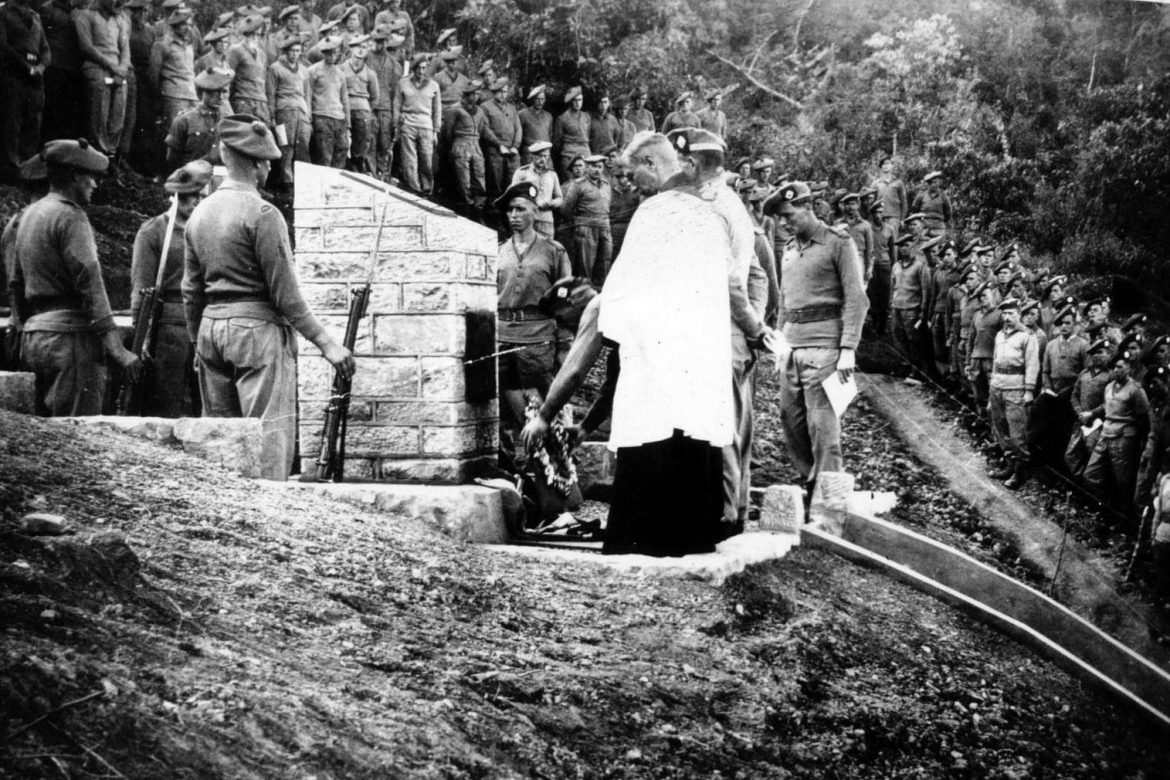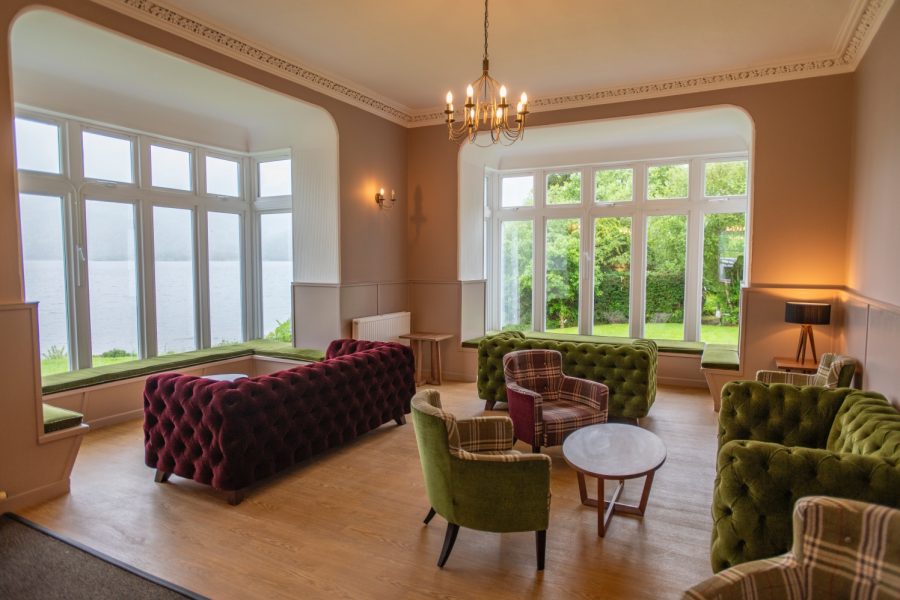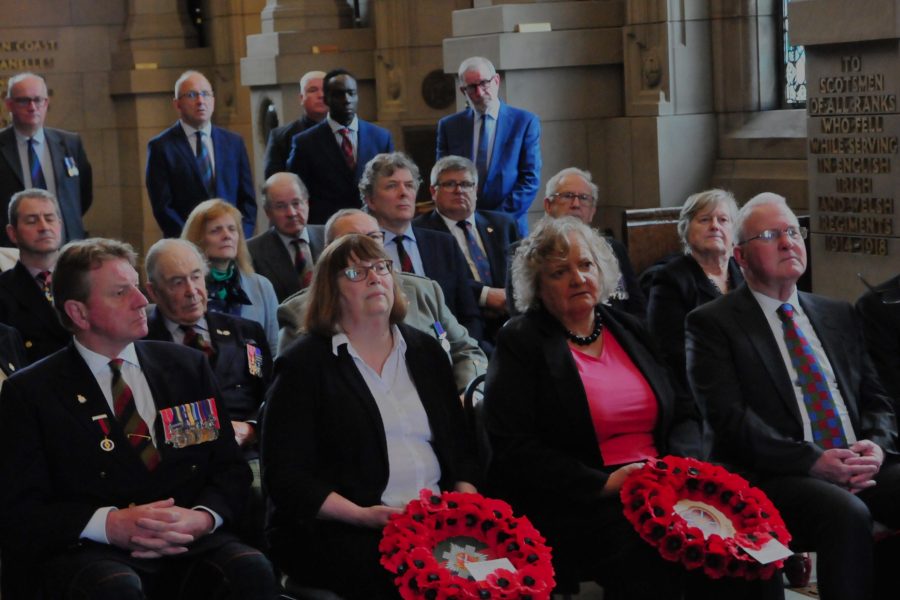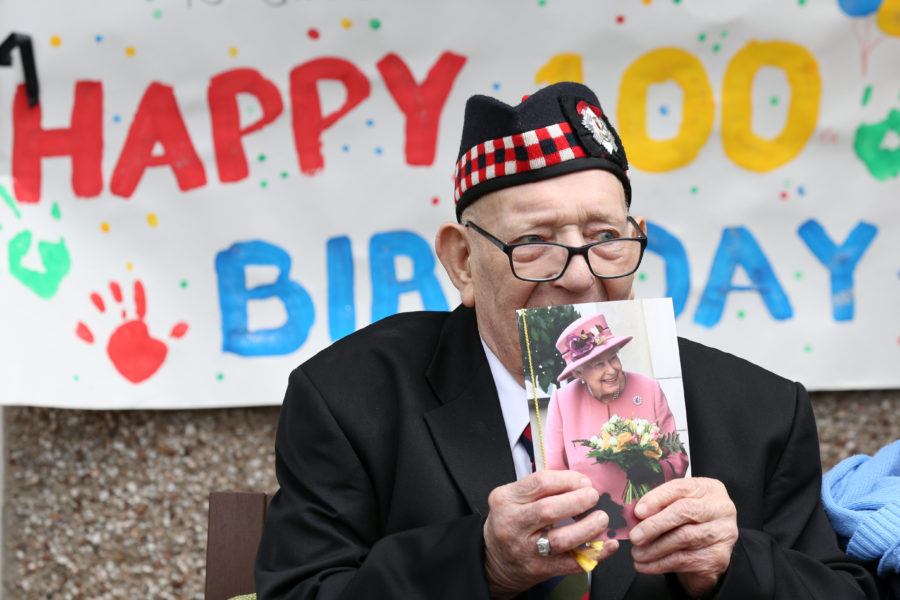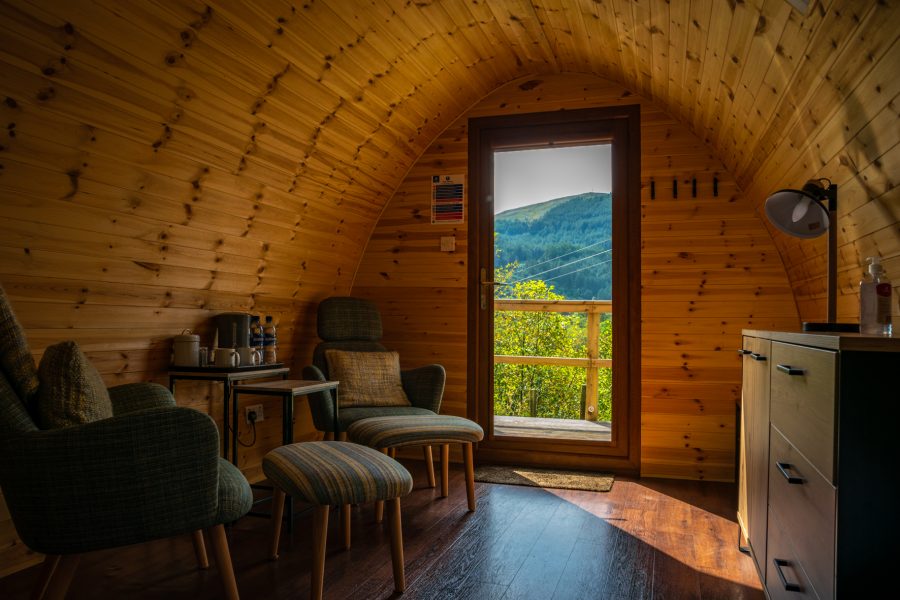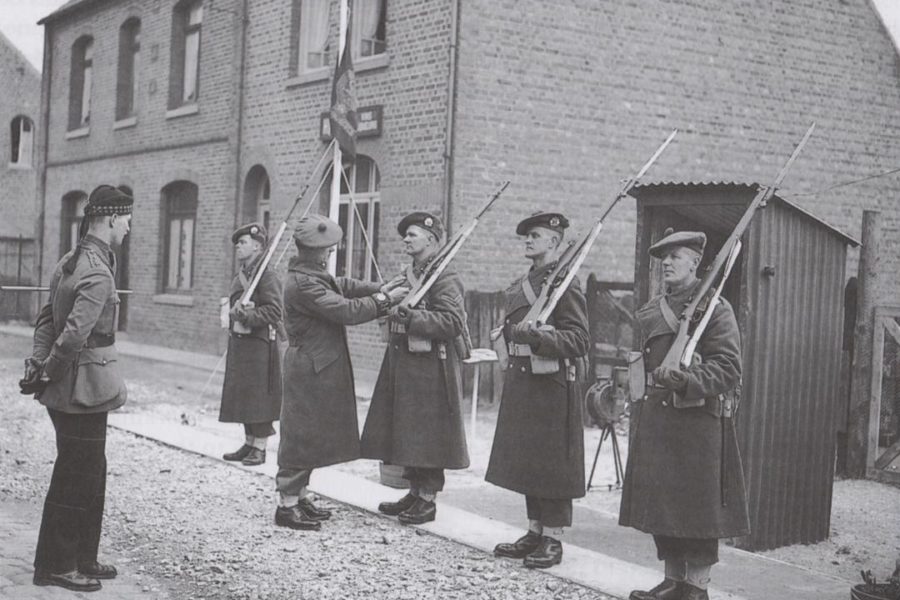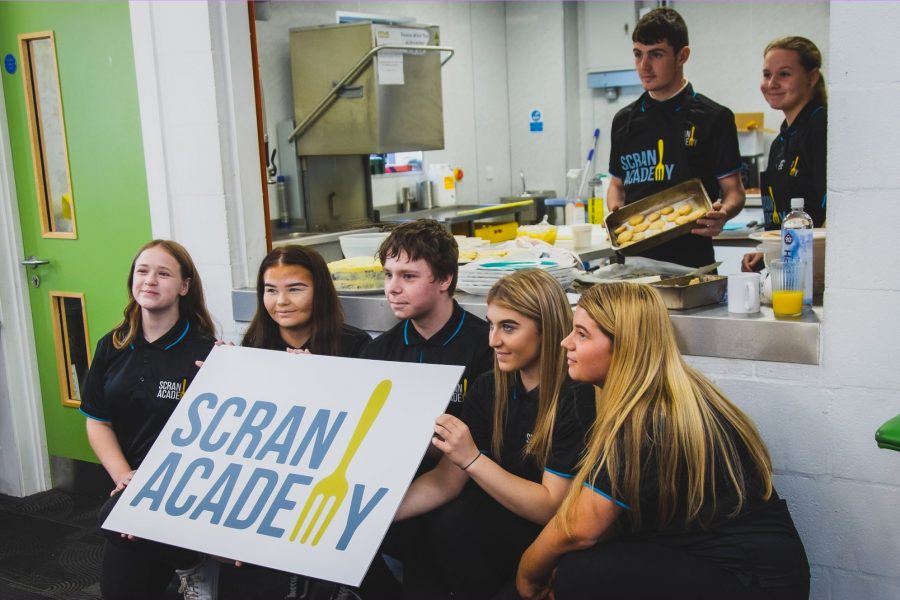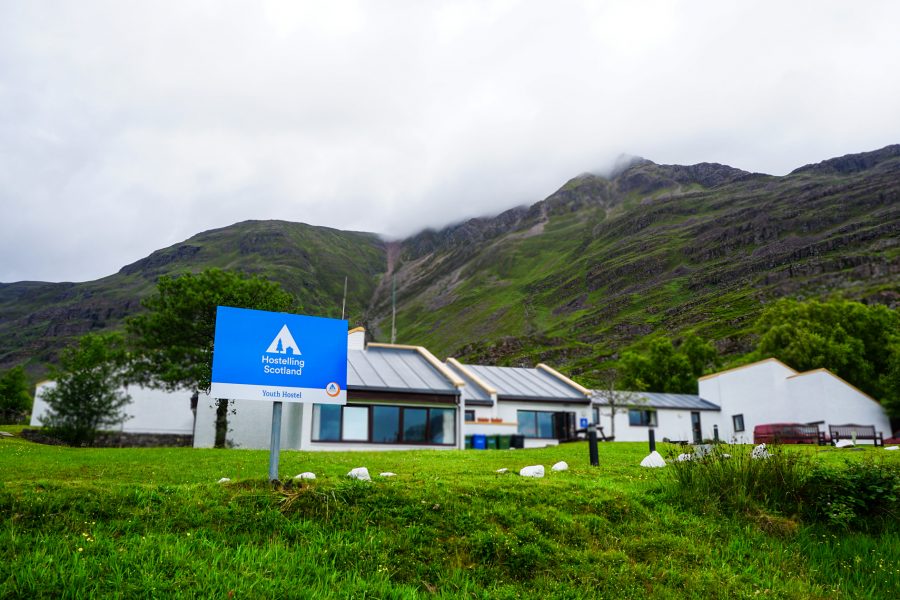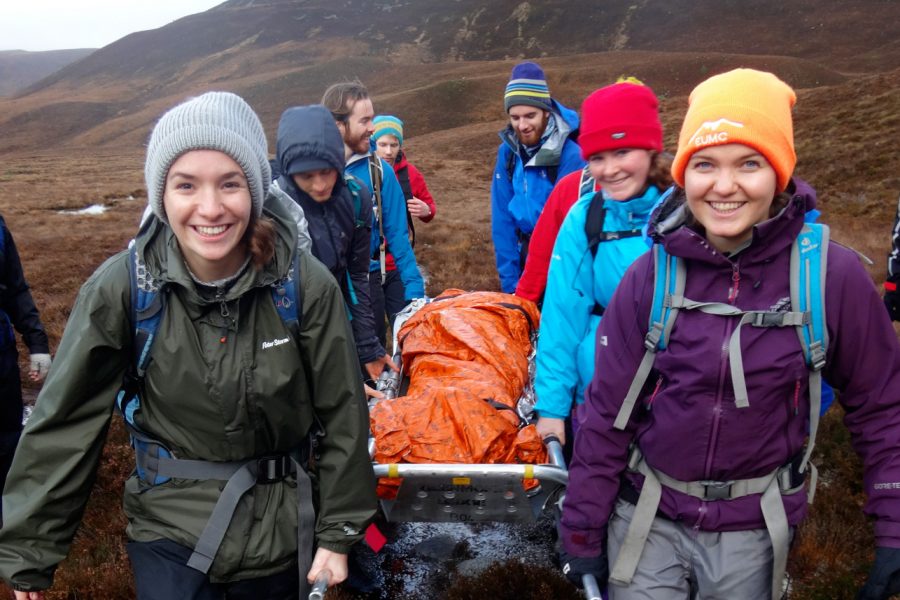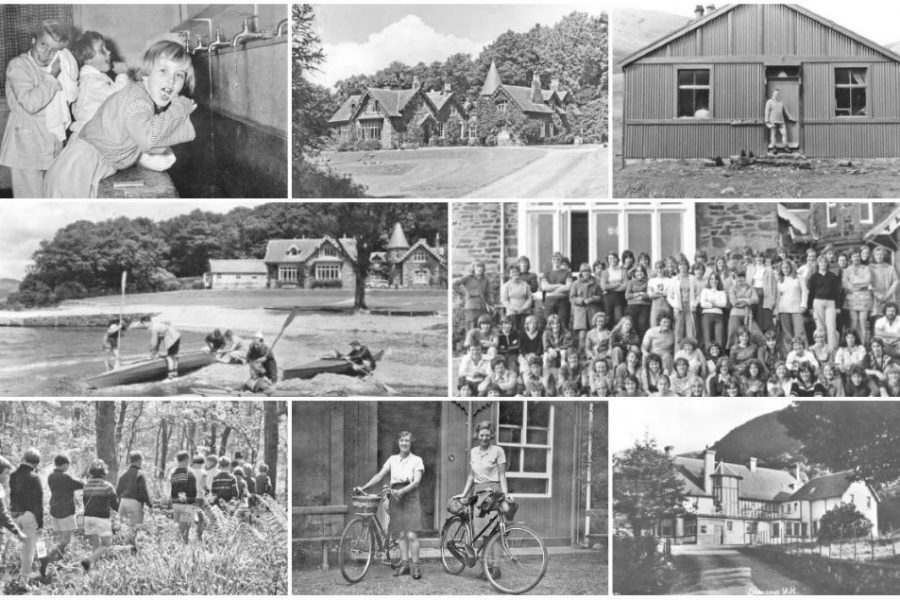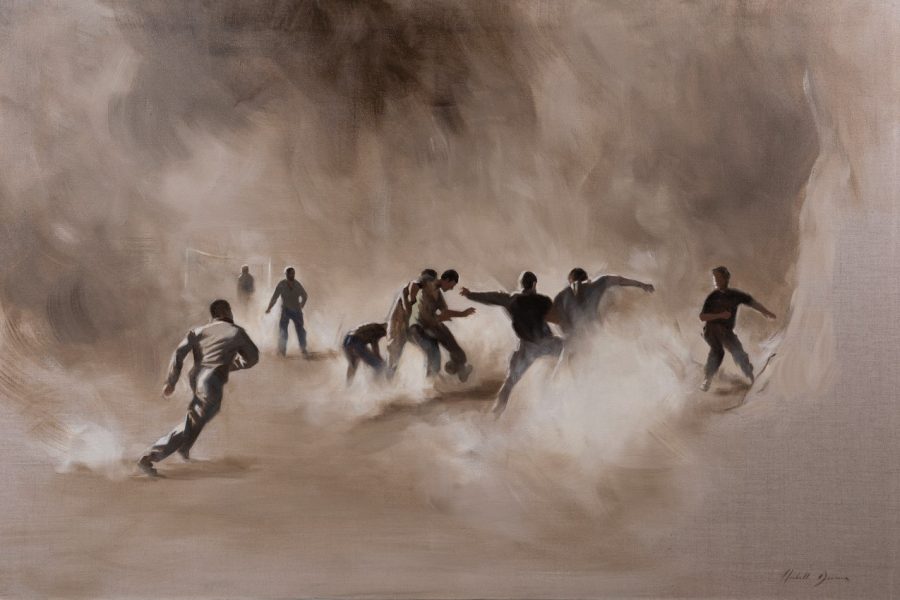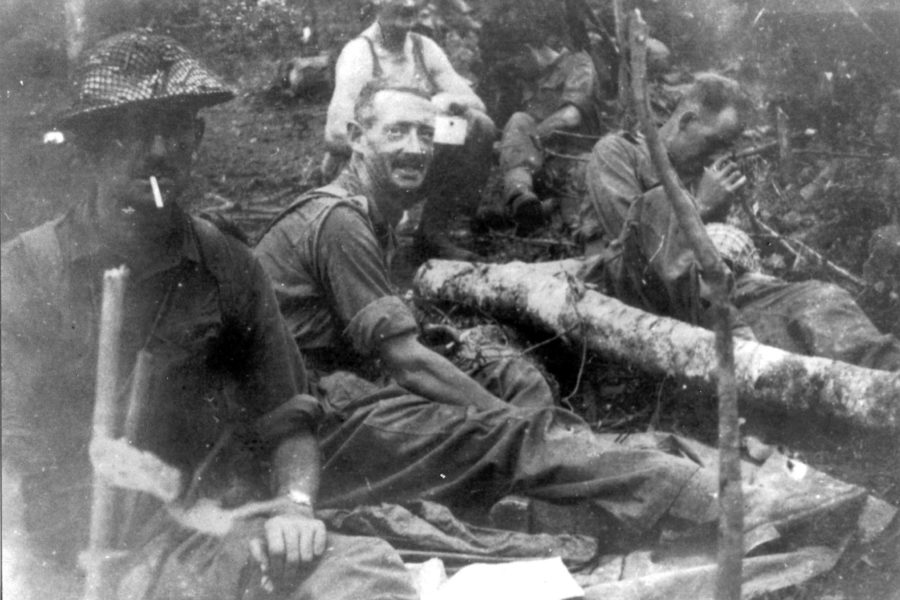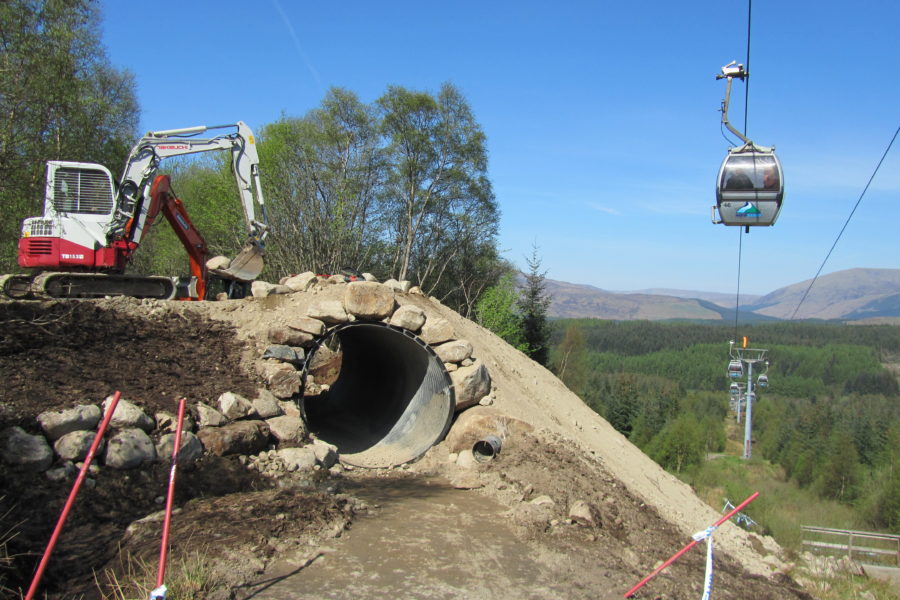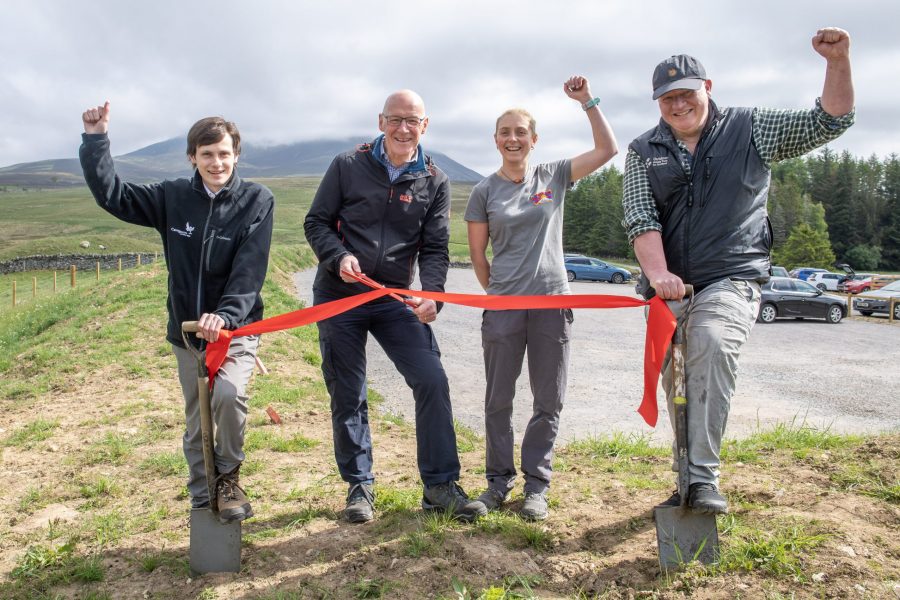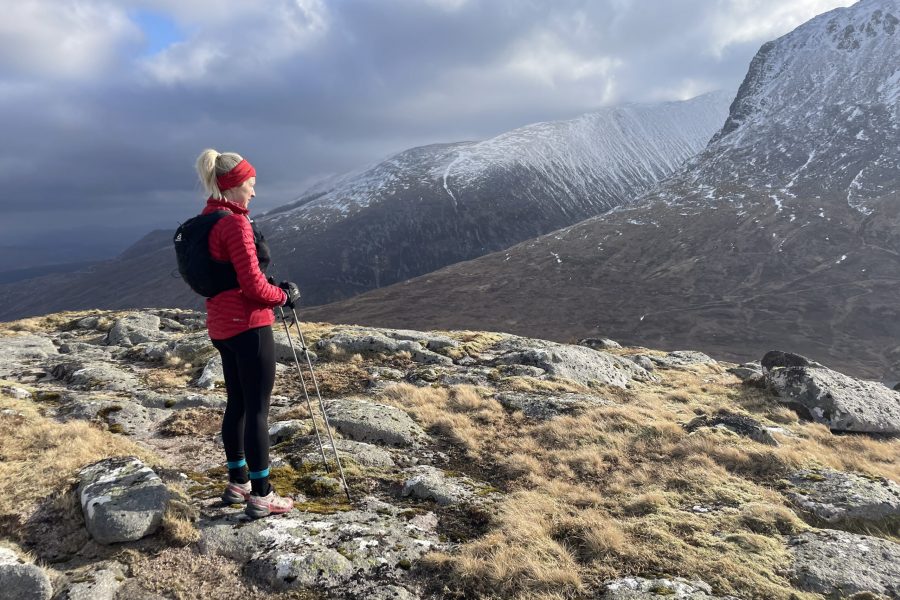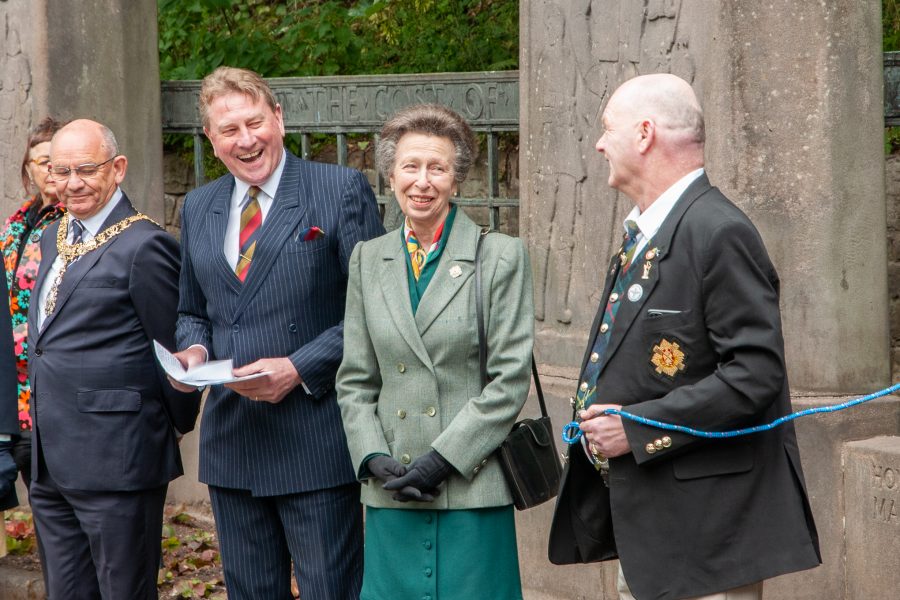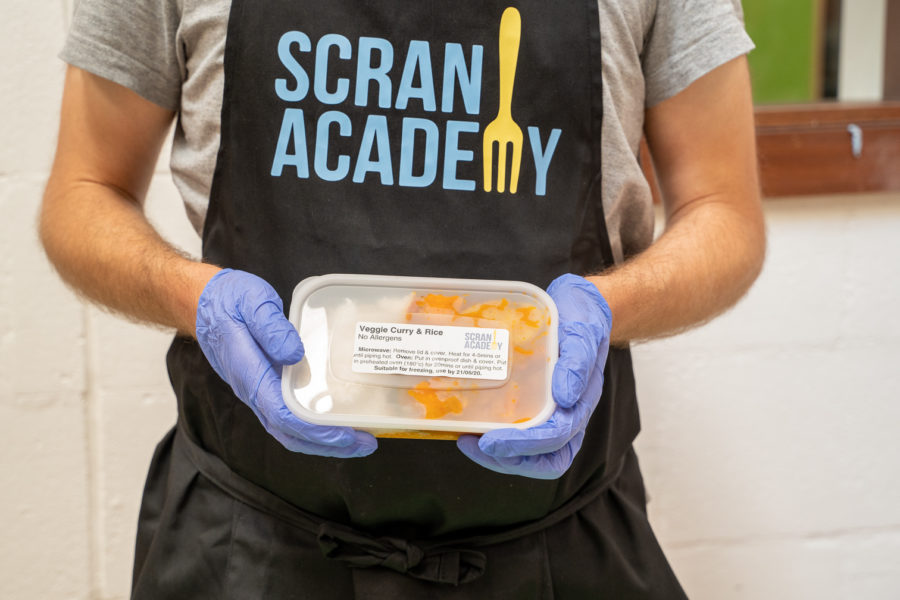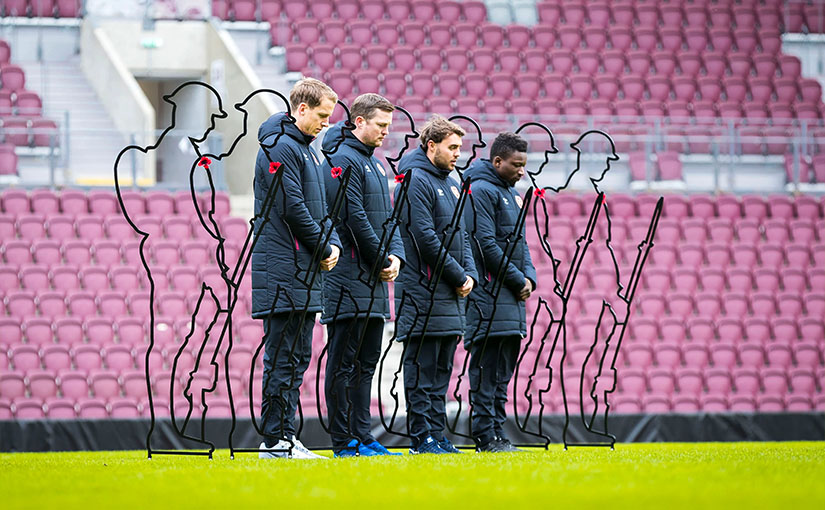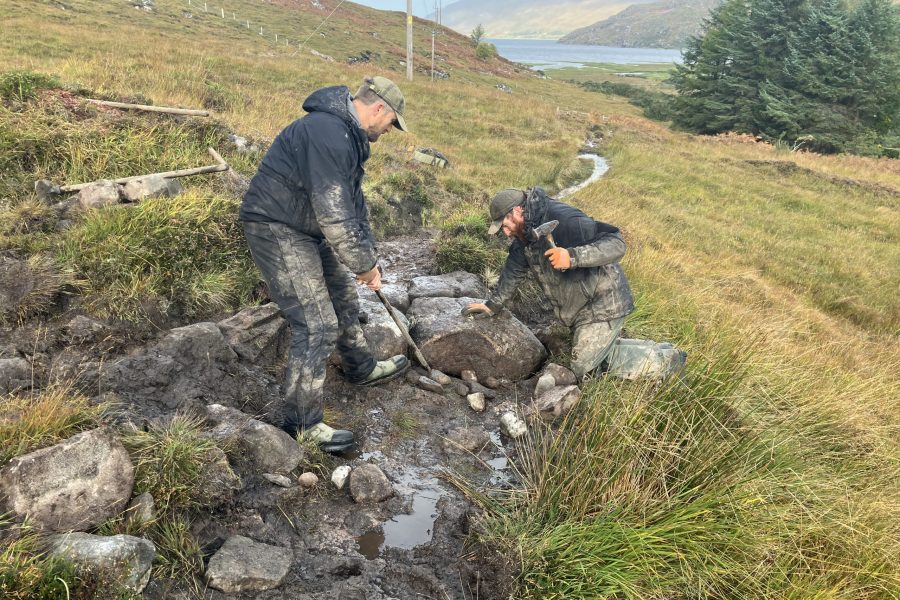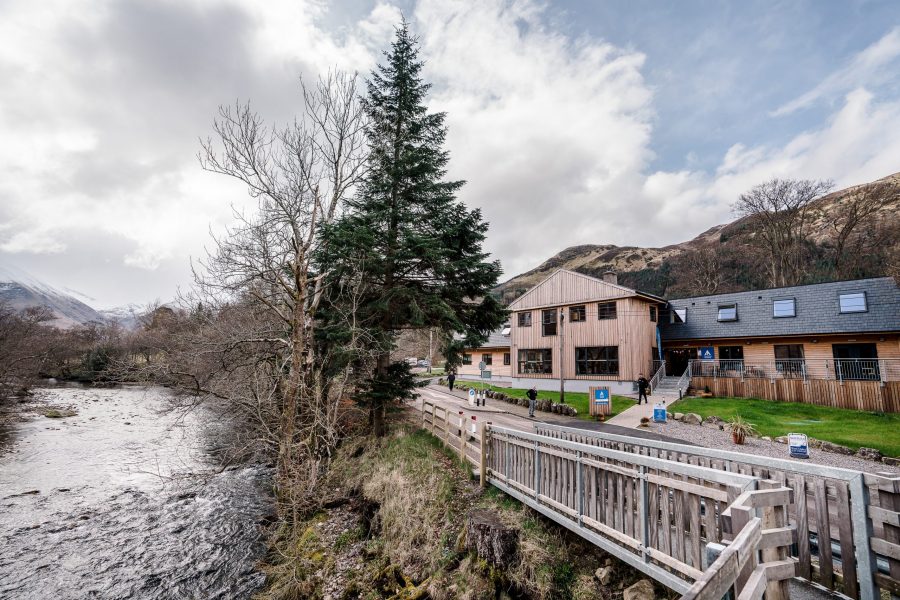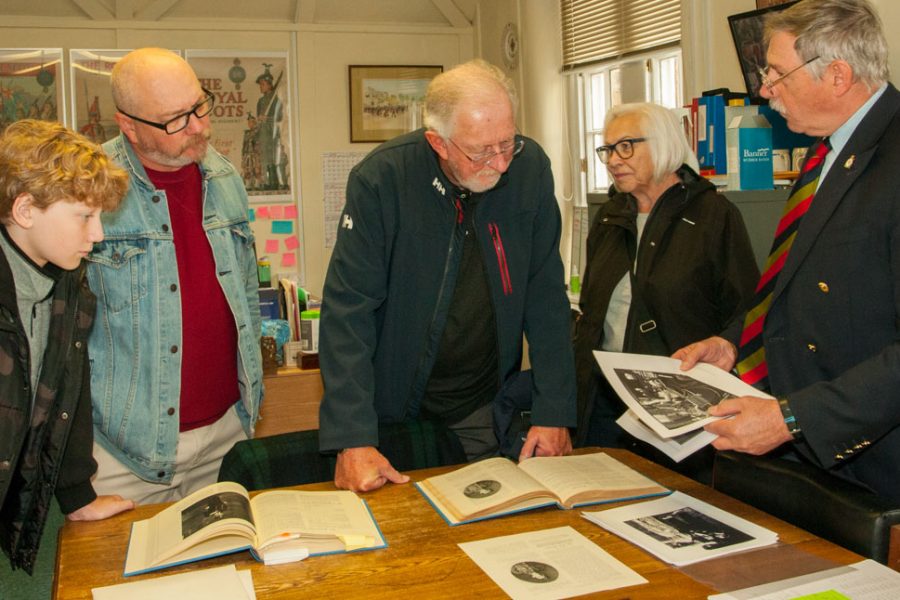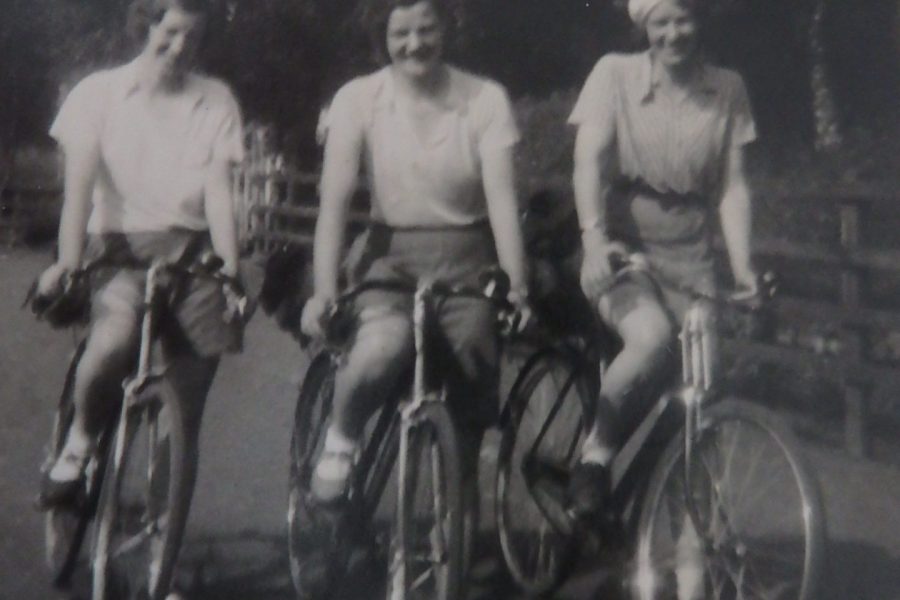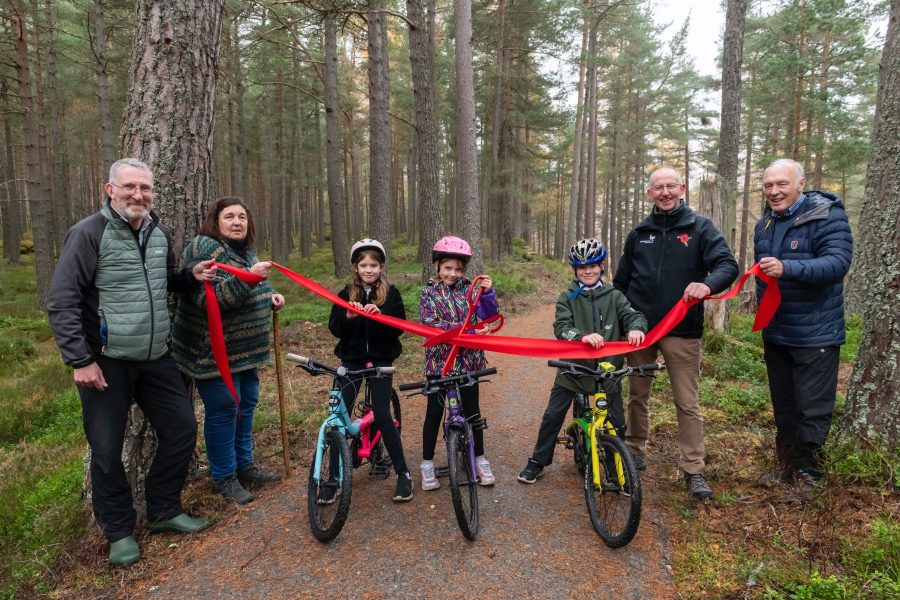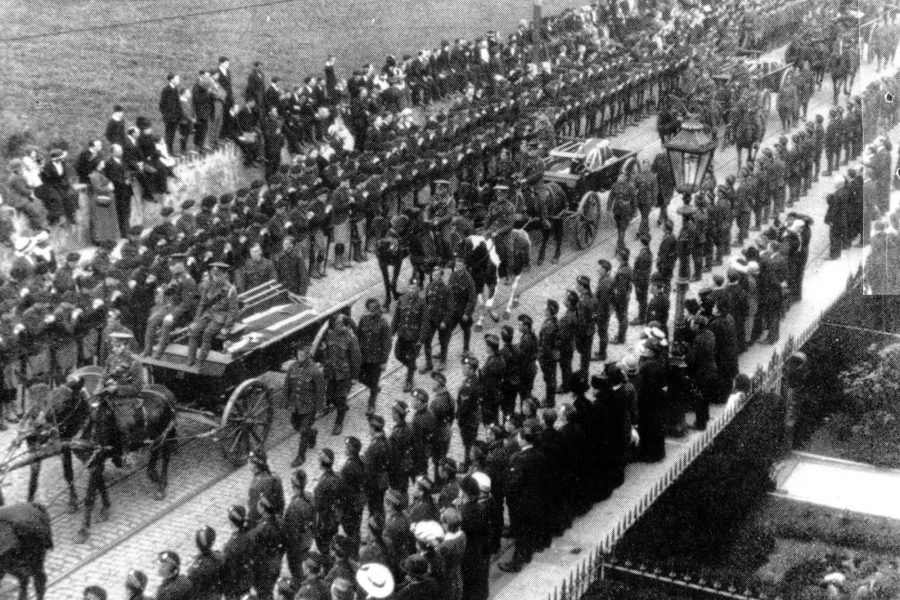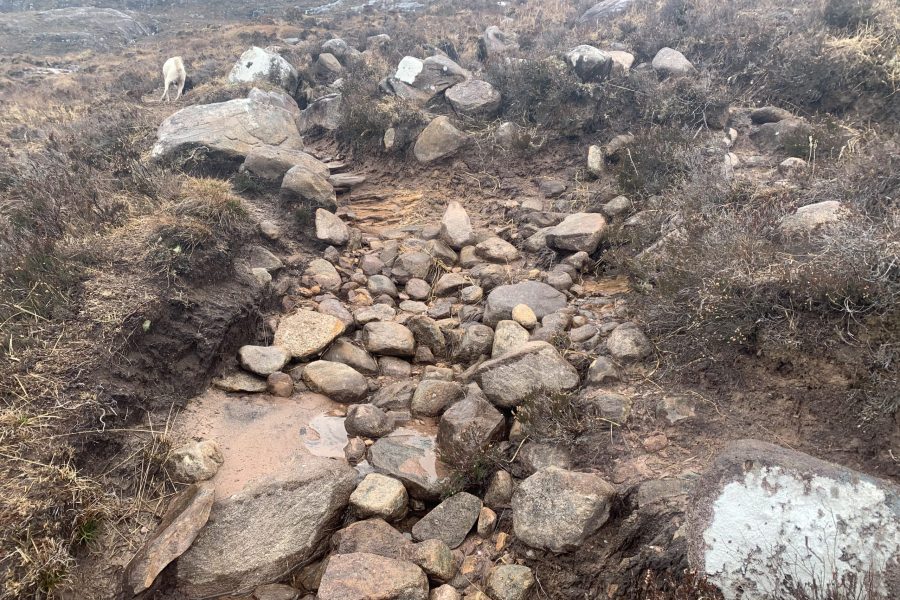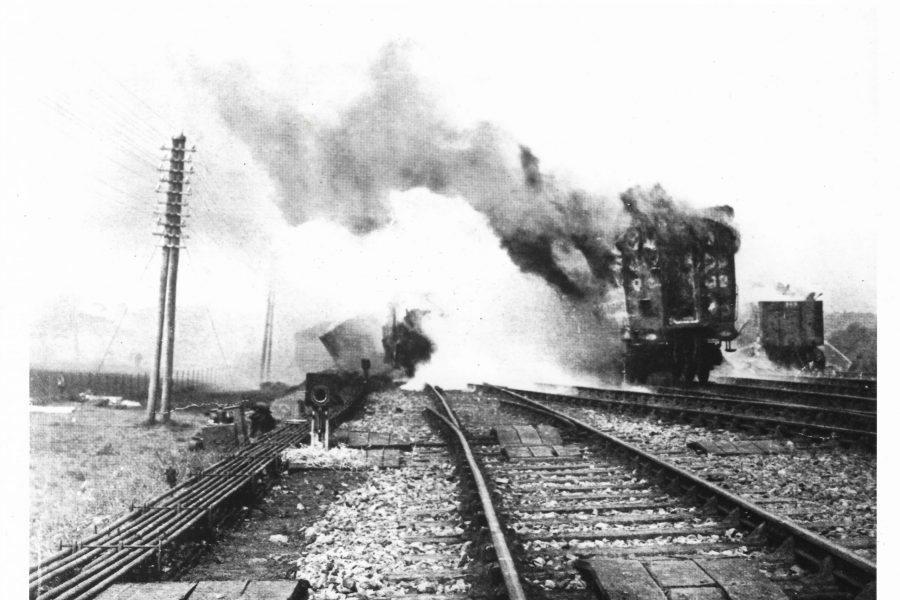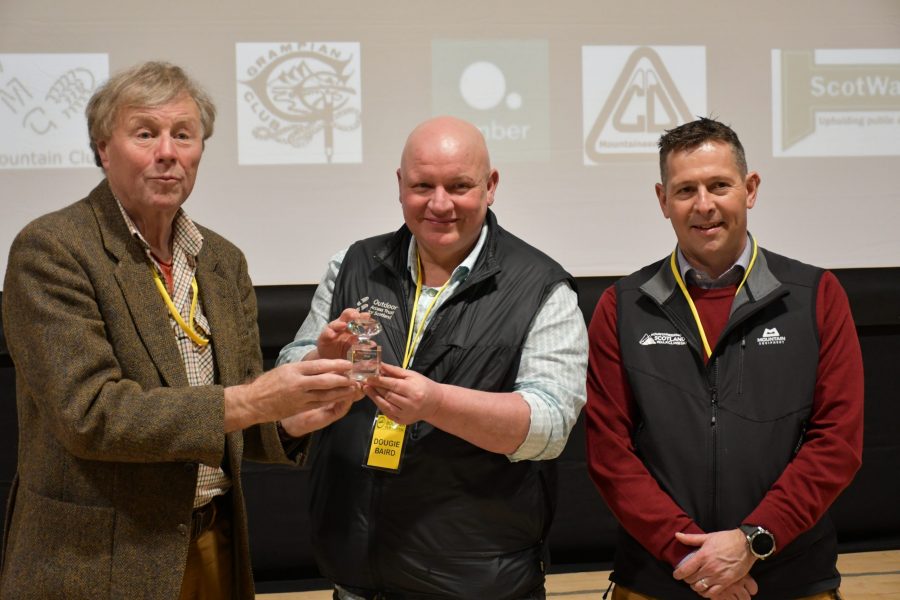The Royal Scots commemorate their fallen comrades from the Far-East Conflict.
At 10:30 on Saturday 29 June 2024 The Royal Scots Regimental Association will lay wreaths and conduct a memorial service at Lauriston Castle, Edinburgh (EH4 6AD), to commemorate the 80th anniversary of the Battle of Kohima and the Regiment’s role in one of the defining battles of the Second World War.
Regimental records show that between 4 April and 22 June 1944 1st Battalion The Royal Scots lost a total of 89 men – their names will be read out during the ceremony. A further 200 were wounded, many seriously, in the intense fighting around Kohima.
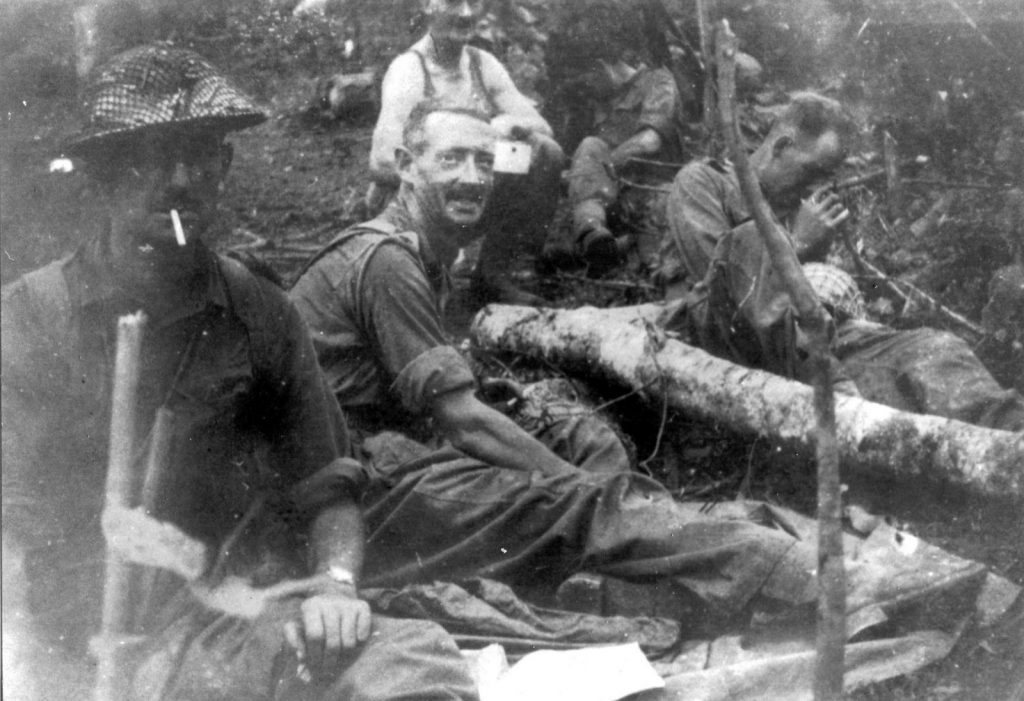
The Battle of Kohima was one of the most bitterly fought battles of the Second World War and a pivotal moment in the war against Japan in the Far East. The success of the British 2nd Division (including the Royal Scots) and the Indian 5th Division ensured the safety of British India and turned the tide against Japanese forces in South East Asia.
On Saturday 29 June 2024, The Royal Scots contingent will form up in the Lauriston Castle car park at 10:30. It will march the short distance to the Royal Scots Memorial Garden behind a piper and their Association Standards. All others are welcome to assemble in the Garden. The service will commence at 10:50 and will be conducted by Reverend Ian May, the Padre of The Royal Scots Regimental Association. The wreath laying will be led by Brigadier George Lowder, President of The Royal Scots Regimental Association.
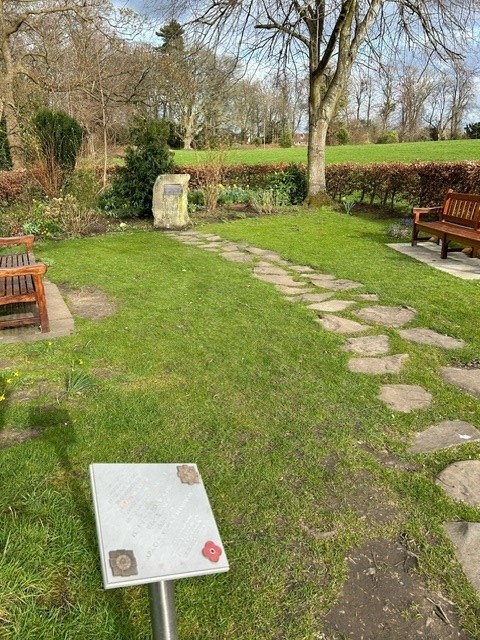
Malcolm Warrack, son of Lt Col Morren Warrack who fought at Kohima with the regiment, said: “A group of Royal Scots Veterans felt very strongly about the lack of some form of local memorial specifically for their fellow soldiers who did not come back from the Burma Campaign and Kohima in particular. George Rogers, Ian Henderson and Morren Warrack coordinated the preparation and creation of this Memorial Garden in the 1990s. They spoke often about the “Forgotten Army” in the Far East so it is particularly fitting that 80 years later on 29th June 2024 we remember them.”
Brigadier Lowder added: “The Royal Scots feel very strongly that we should mark the battle of Kohima which witnessed some of the fiercest fighting of the war. Some Royal Scots who took part in crucial battles to delay the German advance to Dunkirk in May 1940 subsequently found themselves in the Far East where the war continued for a further 3 months after victory in Europe was declared in May 1945. Many made the ultimate sacrifice; we will remember them.”
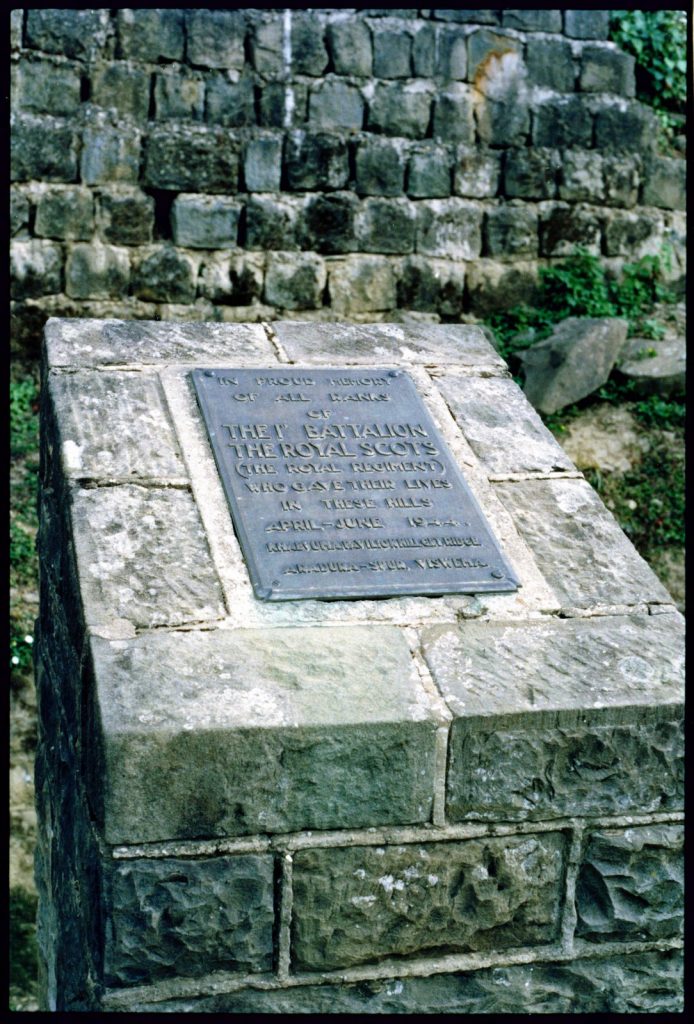
Ends
Images
The 1st Battalion The Royal Scots Kohima Memorial Stone / On the road to Kohima. Ltor Major Howard, second in command with Captain Currie, Adjutant (Burma) / Naga village where some of the bloodiest fighting of Kohima took place (Burma) / Kohima Memorial dedication / Royal Scots Memorial Garden at Lauriston Castle, Edinburgh
Please credit Royal Scots Regimenatal Association for all images
Notes to Editors and links:
The Royal Scots memorial at Lauriston Castle
The garden and memorial stone in the grounds of Lauriston Castle commemorate the service of the 1st Battalion The Royal Scots and, in particular, its Carrier Platoon in Burma between 1943 and 1945. There are 14 trees planted in the grounds of Lauriston Castle as individual memorials to the 14 members of that Platoon who were killed in Burma.
The 1st and 2nd Battalions of the Regiment both saw significant service and sacrifice in the Far East from 1941 to 1945. A total of 496 Royal Scots were killed or died when prisoners of war (POW). A further 707 were wounded or were recorded missing, giving a total of 1203 casualties.
Kohima in the public consciousness.
The Battle of Kohima, indeed the campaign in the Far East, is less well known than many World War Two battles in the European theatre but there is one link that may be familiar to many.
The memorial erected to the 2nd Division at Kohima after the battle incorporates a verse that was originally composed by John Maxwell Edmonds (1875-1958) after the First World War. He is believed to have been inspired by the epitaph written by Simonides of Ceos to honour the Greeks who fell at the Battle of Thermopylae in 480BC.
That verse is now inextricably linked with wider Remembrance events each year where it has become known as the Kohima Epitaph.
The Kohima Epitaph
When you go home
Tell them of us and say
For your tomorrow
We gave our today
The Regiment’s passage to India
1st Battalion The Royal Scots (1RS) had been part of the British Expeditionary Force (BEF) deployed to France in 1939 and had been heavily involved in the heroic actions defending the perimeter of Dunkirk. Less than 50 Royal Scots were among those taken off the beaches in 1940.
They, along with some 250 NCOs and men who were already Royal Scots and six hundred raw recruits reconstituted the Battalion in Yorkshire and spent the next two years on coastal defence before, in April 1942, they sailed from Glasgow to join the defence of India against the Japanese who were by then advancing up through Burma. Through much of 1943 and early 1944 the Battalion was engaged in jungle training in preparation for the coming fight.
Background to the Battle of Kohima
While the Naval war in the Pacific arguably began to turn during 1943, Japanese territorial expansion in South East Asia continued such that, by the spring of 1944, Japanese forces had captured almost all of Burma and threatened British India.
In the preceding months the British and Indian Fourteenth Army, under the command of General William Slim, had been preparing for an offensive into Burma. Meanwhile, the Japanese Fifteenth Army received orders in early 1944 to put a stop to these preparations and launched an offensive to destroy the British/Indian forces at Imphal, Naga Hills and Kohima.
It soon became apparent that Kohima, a hill town in North-East India (Assam), would become pivotal in this struggle. From April to June 1944, it was the scene of one of the most bitterly fought battles of the Second World War.
The Battle and the Regiment’s contribution
The initial aim of the Japanese offensive in March 1944 was to seize Imphal in order that it could be used as a supply base for the invasion of India. The British and Indian troops operating to the west of the Chindwin fell back on Imphal and the village of Kohima, which they were determined to hold as their strategic importance was fully realised; the terrain meant control of the limited road network was vital.
Kohima’s garrison consisted of just 1,000 troops and it was being threatened by a Japanese force of 12,000. 2 Division including 1RS was committed to its relief. Firstly 5 Brigade seized the Japanese positions blocking the road at Zubza and Jotsoma on 14 April and, by 18 April, with the Garrison Commander estimating that he could hold out for no more than a further twelve hours, the road into Kohima was again open and the garrison reinforced by fresh troops. The next phase of the battle was the destruction of Japanese positions in the wider area. 4 Brigade’s objective was the Japanese positions on GPT Ridge, to the south of the village.
The cross-country approach to GPT Ridge was a hazardous journey owing to the terrain and the attentions of Japanese Forces which led to many casualties. It was not completed until 3 May when 1RS supported The Royal Norfolks in their assault on the ridge. The Japanese were caught unawares and both battalions began to consolidate their positions in thick jungle. Throughout the following week there was constant fighting as the Japanese were slowly driven from their positions to a last stand at a major bunker on a feature known as the Pimple. The enemy held out for nine days in that position which was eventually cleared by B Company after it had been subjected to direct fire from tanks at a range of thirty yards.
The next objective was to clear the Japanese from their positions on Aradura Spur which was attacked on 28 May. Again, the enemy’s resistance was determined and casualties were so high that the attack had to be called off. By then, however, the Japanese were feeling the pressure of the incessant attacks being mounted throughout the whole of the Kohima area and on the last day of May 1944 the local Japanese commander decided, against his orders, that he would have to withdraw. That movement started in early June.
When The Royal Scots returned to the spur the Japanese had pulled back. The battle for Kohima was over; it had lasted for sixty-four days and witnessed some of the fiercest fighting of the war.
The final major battle of the Kohima campaign for the 1st Battalion took place at the large village of Viswema, twelve miles from Kohima and seventy-five miles from Imphal, on 6 June. An initial attack by The Lancashire Fusiliers was repulsed and both battalions attacked in concert the following morning. Japanese resistance was determined and the battle lasted three days with heavy casualties. Once Viswema fell 2 Division was able to make steady progress towards Imphal and, on 21 June, the troops thrusting south from Kohima met up with those pushing north from Imphal. The Japanese advance into India had been defeated.
Regimental records show that throughout this period the Battalion lost 89 killed and approximately 200 wounded. The severity of the fighting, the resistance of the Japanese and the gallantry of The Royal Scots saw battle honours awarded to the Regiment (see below) and individual awards made to many soldiers.
Kohima’s importance to The Royal Scots
In its long history the Regiment was awarded 149 Battle Honours (the official acknowledgement of a military unit’s achievements in a specific action or campaign). Amongst seven awarded for the wider campaign in the Far East is ‘Kohima’ for the part played in that battle by its 1st battalion. This award is one of only twenty that are carried on the King’s Colour, thus signifying its importance.
Colours & Battle Honours | The Royal Scots
In the aftermath of the battle a Divisional Memorial was erected to those of 2nd Division who had fallen in the epic struggle to relieve Kohima and open the road to Imphal. 1st Battalion The Royal Scots were equally determined to commemorate their own. A memorial was designed and constructed (of local stone and wood) by The Royal Scots themselves at Kennedy Hill, on the Aradura Spur where the Regiment had seen some of its fiercest fighting. It was unveiled on 25 November 1944 and is now overseen by The Commonwealth War Graves Commission. Such is the change in 80 years that, following the growth of Kohima, it is now surrounded by local housing.
The Royal Scots Museum.
The award-winning Regimental museum occupies a prominent position inside Edinburgh Castle and tells the story of The Royal Scots; the senior regiment of the British Army with 373 years of gallant service from the Regiment’s founding in 1633. A display within the museum is devoted to the campaign in the Far East including the Battle of Kohima.
Entry to the museum is covered by the admission ticket to the Castle.
Forthcoming events
- Wreath laying at The Scottish National War Memorial, Edinburgh Castle (Monday 1 July)
A Regimental party will lead a service of remembrance and the laying of wreaths to mark the 108th anniversary of the first day of the Battle of the Somme; during that day some 452 members of the Regiment made the ultimate sacrifice. - Royal Scots Museum Outreach Exhibition at Tynecastle Park (Friday 5-Wednesday 10 July)
Connecting the People of Edinburgh, The Royal Scots, and Hearts as part of the Club’s 150th Celebrations. The Royal Scots Museum comes to Tynecastle to celebrate the Regiment’s links with the Heart of Midlothian Football Club since 1914 through artefacts and human stories.
The Regiment today
In 2006, after 373 years of unbroken service, The Royal Scots left the British Army’s order of battle as the surviving Scottish Infantry Regiments amalgamated. The ethos, heritage and fighting spirit of these antecedent regiments is taken forward today by The Royal Regiment of Scotland.
The Royal Scots Regimental Trust now exists to support the needs of the Regimental family through Association and Benevolence activity as well as to broaden public awareness of its legacy of loyal service to Crown and Country through its Museum and The Royal Scots Club
Website addresses:
- Home Page: http://www.theroyalscots.co.uk/
- Regiment’s history: http://www.theroyalscots.co.uk/history/
- The Kohima Campaign, 1944: http://www.theroyalscots.co.uk/the-kohima-campaign-1944/


